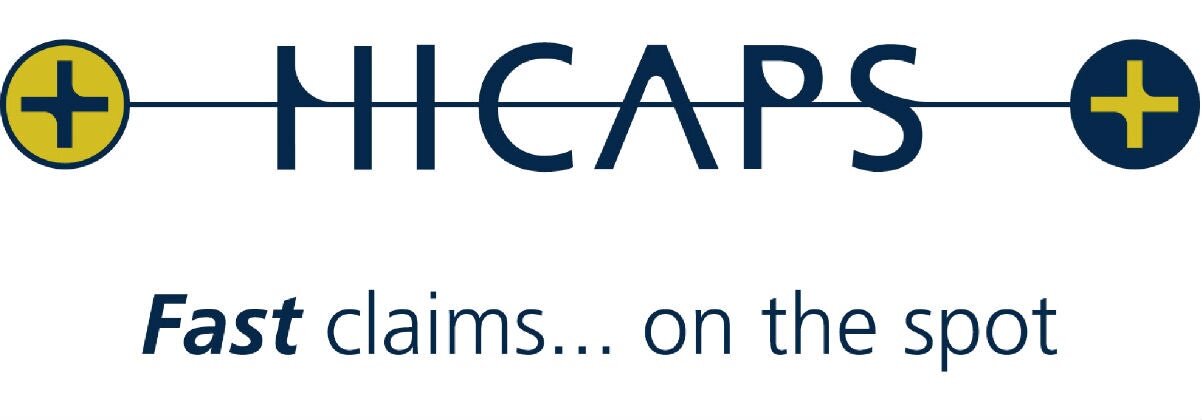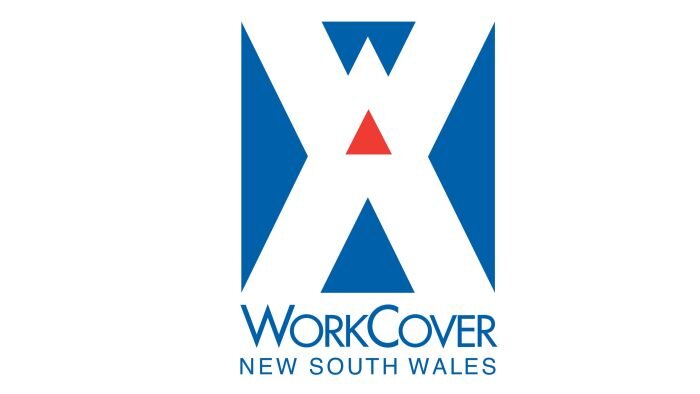Chiropractor for Back Pain
Back pain, particularly lower back pain, can be one of the most debilitating conditions that a person can experience, hindering everything from basic movements like sitting down or standing up to sporting and athletic performance. It can even put someone out of work, as they no longer have the full range of motion required to carry out specific tasks in their job.
Back pain can be caused by a number of different factors, including (but by no means limited to):
Disc Bulges
Spinal stenosis
Joint Sprains
Scoliosis
Muscular strains
Kidney stones
The good news is that with chiropractic treatment for back pain, you can enjoy an improved level of pain relief and increased quality of life that may allow you to return to doing the things you love. If you wish to see a chiropractor for lower back pain in Carlingford, make an appointment with Back Space Chiropractic today.
Effective Chiropractic Treatment for Back Pain
Prior to commencing treatment, a lower back pain chiropractor will first determine whether or not chiropractic is the most appropriate treatment. The chiropractor will take your medical history, perform a physical examination and might even use laboratory testing or digital imaging to ascertain whether you will benefit from chiropractic treatment. If it’s deemed that a chiropractor for back pain could help, principal chiropractor Dr Balraj Ougra will use a range of safe, effective and non-invasive treatment methods to manipulate the joints, improve range of motion and restore quality of life.
Need a Chiropractor for a Back Injury? Make an Appointment with Dr Balraj Ougra Today
Living with lower back pain is something no one should have to endure. Qualified and experienced chiropractor Dr Balraj Ougra remains committed to helping residents of Carlingford and surrounds enjoy their lives free of debilitating back pain by offering a range of effective treatment options. Specialising in the treatment of everyone from families to sporting teams, Dr Balraj Ougra understands how important it is to keep your back strong, healthy and free of pain. When you need a chiropractor for a back injury in the suburbs of Carlingford and surrounds, make an appointment at Back Space Chiropractic in Carlingford.
What Causes Lower Back Pain?
Lower Back Pain is categorised by researchers and spinal health care practitioners into the following categories:
1. Specific Spinal Pathologies (<1%)
2. Radicular Syndromes (5-10%)
Radicular Pain eg Sciatica
Radiculopathy
Spinal Stenosis
3. Non-Specific Lower Back Pain (NSLBP)
(Bardin et al., 2017)
Specific Spinal Pathologies
Some conditions that cause back pain do require urgent and specific referral and treatment. These can include spinal infections, malignancy, spinal arthropathies (eg rheumatoid arthritis or ankylosing spondylitis), cauda equina syndrome or spinal fractures. These conditions do require early diagnosis and prompt referral onto the appropriate medical specialist. Luckily these conditions account for less than 1% of back pain sufferers, but you don't want them missed. Some referrals should be IMMEDIATE!
Radicular Syndromes
Lower back pain can result from structural damage that can irritate or pinch a nerve. Researchers believe that radicular syndrome causes 5-10% of the presentations of back pain to general practitioners. The most common nerve that can be pinched in the lower back is your sciatic nerve. You may be diagnosed with sciatica if you are suffering radicular pain down your leg due to a back injury. While the sciatic nerve is the most common nerve that can be affected by a spinal injury any nerve can be affected eg femoral nerve.
Back injuries such as a herniated disc (slipped disc), facet joint sprain, spondylolisthesis, spondylolysis, degenerative disc disease, spondylosis, and back ligament sprain can all contribute to or cause radicular pain syndrome due to swelling or space occupying material adjacent to the spinal nerve. The nerve is either irritated (radicular pain) or pinched/compressed (radiculopathy).
Lumbar radiculopathy can result in functionally disabling conditions such as foot drop, foot slap or evertor weakness that can affect your ability to walk. Spinal stenosis is slightly different condition and relates to compression within the spinal canal. Spinal stenosis is usually more prevalent as you age.
Non-Specific Lower Back Pain (NSLPB)
Non-Specific Lower Back Pain (NSLBP) is the diagnostic term used to classify sufferers of lower back pain where no specific structure has been injured. It is really a diagnosis of exclusion. In other words, your spinal health care practitioner has excluded specific spinal pathologies and any of the radicular syndromes mentioned above as the cause of your back pain or symptoms. Fortunately, these conditions account for approximately 90-95% of the lower back pain causes and they can nearly always be successfully managed conservatively and without the need for surgery. Most improve within two to six weeks. They can be fast-tracked with pain relief and chiropractic techniques such as manual therapy and back exercises.
NSLPB Causes
Most lower back pain causes are musculoskeletal in origin and known as non-specific low back pain (NSLPB). The causes of lower back pain are numerous but roughly fall into either a sudden (traumatic) or sustained overstress injuries.
Most people can relate to traumatic injury such as bending awkwardly to lift a heavy load that tears or damages structures. However, sustained overstress injuries (eg poor posture) are probably more common but also easier to prevent. In these cases, normally positional stress or postural fatigue creates an accumulated microtrauma that overloads your lower back structures over an extended period of time to cause injury and back pain.
Most commonly, NSLBP is caused by back muscle strain, back ligament sprain. Other chronic back conditions such as degenerative disc disease may underly the acute conditions and predispose you to the acute pain.
The good news is that you can take measures to prevent or lessen most back pain episodes. Early diagnosis and specific individualised treatment is the easiest way to recover quickly from lower back pain and to prevent a recurrence.
Suffering Back Pain. What Should You Do?
As you can see while lower back pain is common, the diagnosis of the cause of your back pain is specific to you and therefore the treatment or investigation pathway does vary from case to case.
A spinal health care professional can assist you a prompt diagnosis, early referral, acute and chronic back pain relief, plus long-term self-management or back pain prevention strategies specific to your back pain. You should feel confident that your practitioner has screened you for specific pathologies that require urgent medical attention. Plus they should also assess you for any neurological deficits such as loss of bowel or bladder function, leg muscle weakness, loss of sensation, diminished reflexes and day-to-day function to determine whether you have a radiculopathy or stenosis, which may require different treatment options to NSLBP or radicular pain.
For specific guidance regarding your condition, please seek the individual assessment from a health practitioner with a special interest in back pain, such as your chiropractor.
Common Lower Back Pain Causes
The following conditions may cause lower back pain.
General Information
Lower Back Pain
Muscle-related Injuries
Back Cramps
Back Muscle Pain
Core Stability Deficiency
DOMS - Delayed Onset Muscle Soreness
Fibromyalgia
Side Strain
Bone-related Injuries
Back Stress Fracture
Osteoporosis
Scheuermann's Disease
Scoliosis
Spinal Stenosis
Spondylosis
Spondylolysis
Spondylolisthesis
Stress Fracture Spine (Cricket Bowlers)
Disc-related Injuries
Bulging Disc - Slipped Disc - Herniated Disc
Degenerative Disc Disease
Back Joint Injuries
Facet Joint Pain
Nerve-related Injuries
Nerve Pain
Pinched Nerve
Sciatica
Pelvis-related Injuries
Sacroiliac Joint Pain
Piriformis Syndrome
Pregnancy-related Pain
Pregnancy Back Pain
Systemic Diseases
Ankylosing Spondylitis
Rheumatoid Arthritis
Back Treatment Options
Back Exercises
Lower Back Pain Treatment
High-Frequency Causes of Lower Back Pain
Back Muscle Strains
Back muscle injuries are the most common form of back injury. Muscle fatigue, excessive loads or poor lifting postures are the most common problems. Inefficient back muscles can lead to poor joint stabilisation and subsequent injury.
More info: Back Muscle Pain
Ligament Sprains
Ligaments are the strong fibrous bands that limit the amount of movement at available at each spinal level. Stretching ligaments too far or too quickly will tear them with subsequent bleeding into the surrounding tissues, causing swelling and pain. Awkward lifting, sports injuries, and motor vehicle accidents are very common causes. Just as in other regions of the body, physiotherapy hastens ligament healing and relieves pain so that you can enjoy life again as soon as possible.
More info: Back Ligament Sprains
Bulging Discs
A bulging disc injury is a common spine injury sustained to your spine's intervertebral disc. Spinal discs are the shock-absorbing rings of fibrocartilage and glycoprotein that separate your bony vertebral bodies while allowing movement at each spinal level, and enough room for the major spinal nerves to exit from the spinal canal and travel to your limbs.
The annulus is the outer section of the spinal disc, consisting of several layers of multi-directional fibrocartilaginous fibres all densely packed to create a wall around the glycoprotein filled jelly-like disc nucleus. A disc bulge (commonly referred to as a slipped disc), can potentially press against or irritate the nerve where it exits from the spine. This nerve pinch can cause back pain, spasms, cramping, numbness, pins and needles, or pain in your legs.
More info: Bulging Discs
Bone Injuries
You can also fracture your spine if the force involved is highly traumatic or you have low bone density (eg osteoporosis).
More info: Osteoporosis
Poor Posture
Poor posture when sitting, standing and lifting at work can place unnecessary stress upon your spine. Muscles fatigue, ligaments overstretch, discs stretch and this places spinal joints and nerves under pain-causing pressure.
More info: Poor Posture





